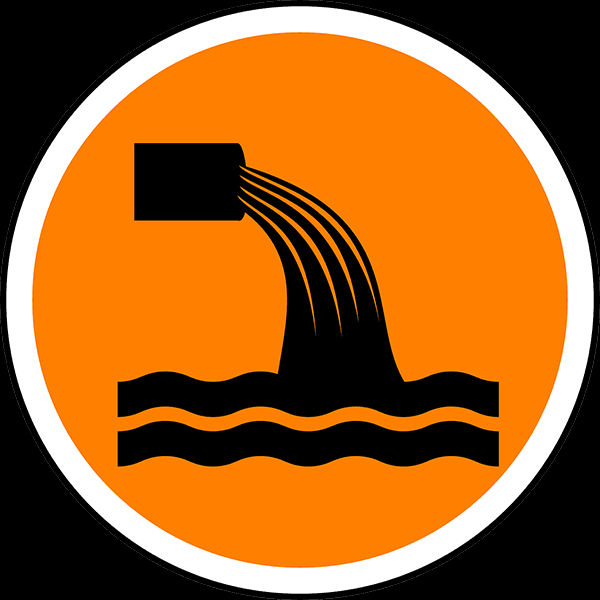A Biased View of Reclaim Waste
A Biased View of Reclaim Waste
Blog Article
Not known Details About Reclaim Waste
Table of ContentsSome Known Factual Statements About Reclaim Waste All About Reclaim Waste3 Easy Facts About Reclaim Waste DescribedFascination About Reclaim WasteFacts About Reclaim Waste Uncovered
Residential sewer waste refers to the waste and items from a property septic storage tank. The proper monitoring and disposal of residential sewage waste need liquid waste to be transferred to a sewer treatment plant where the correct approaches and devices are used to cleanse and dispose of waste.
Commercial waste usually consists of possible risks, such as flammable materials or a mix of fluid and strong waste products, and requires an advanced and thorough disposal process. The disposal of industrial waste typically involves the purification of waste prior to transportation to ensure secure and correct disposal. Hazardous waste is developed from byproducts and drainage of industrial processes and production.
This kind of waste can not utilize the very same sewage monitoring transportation or processes as septic or industrial fluids. The hazardous waste administration process calls for the examination and screening of liquid waste prior to it undertakes the disposal procedure (industrial wastewater treatment). Drainage waste is the liquid waste that comes from overflow and excess stormwater in extremely booming locations or cities
Overflow waste can trigger contamination and flooding otherwise taken care of correctly. Discover more about sewage system cleansing and waste monitoring. Ensuring appropriate waste administration can prevent disasters and reduce ecological damage. Both people in residential settings and experts in commercial or production sectors can take advantage of comprehending the processes and policies of liquid waste administration.
Our Reclaim Waste Diaries
Call PROS Providers today to learn more about our waste monitoring and disposal solutions and the correct means to look after the fluid waste you produce.
(https://www.behance.net/leonaube)This so-called 'wastewater' is not just a vital source but, after therapy, will be launched to our land, rivers or the ocean. Used water from bathrooms, showers, baths, kitchen sinks, washings and commercial processes is known as wastewater.

water made use of to cool down equipment or clean plant and tools). Stormwater, a type of wastewater, is runoff that moves from agricultural and metropolitan locations such as roof coverings, parks, yards, roadways, courses and rain gutters right into click here to find out more stormwater drains, after rain. Stormwater moves neglected straight to regional creeks or rivers, at some point getting to the sea.
Reclaim Waste Fundamentals Explained
In Queensland, a lot of wastewater is dealt with at sewer treatment plants. Wastewater is carried from residential or commercial websites via a system of drains and pump stations, referred to as sewerage reticulation, to a sewer treatment plant. Regional federal governments build, keep and run most sewer therapy plants. Operators are certified under the Environmental Management Act 1994 to discharge cured wastewater at an acceptable ecological standard into waterways.
The Department of Natural Resources suggests neighborhood governments about managing, operating and maintaining sewerage systems and therapy plants. In unsewered locations, neighborhood federal governments might need homeowners to set up private or home sewage treatment systems to treat residential wastewater from commodes, kitchens, bathrooms and washings. The Department of Natural Resources authorizes using house systems when they are shown to be reliable.
In some brand-new class, treatment of some stormwater to remove trash, sand and gravel has begun utilizing gross toxin traps. Wastewater treatment happens in four stages: Eliminates strong matter.
Wastewater after that flows right into big containers where solids settle and are gotten rid of as sludge. Oil and residue are skimmed from the surface area. Makes use of tiny living microorganisms referred to as micro-organisms to damage down and remove continuing to be liquified wastes and fine fragments. Micro-organisms and wastes are incorporated in the sludge. Removes nitrogen and phosphorus nutrients that might cause algal flowers in our waterways and intimidate water life.
Some Known Factual Statements About Reclaim Waste
Nutrient removal is not available at all sewage therapy plants due to the fact that it requires expensive specialist devices. Clear liquid effluent produced after therapy may still have disease-causing micro-organisms - liquid waste disposal melbourne.

This usually implies wastewater needs to be dealt with or pollutants eliminated prior to it can be discharged to rivers. Most wastewater streams into the sewerage system. Under the Act, local governments carry out authorizations and permits for environmentally relevant activities (ERAs) including wastewater releases that could have a regional impact. The division provides authorizations and permits to ERAs involving wastewater launches that could have a regional or statewide effect.
The 4-Minute Rule for Reclaim Waste
Monitoring gives factual details regarding water top quality and can verify that licence conditions are being met. The info acquired via monitoring supplies the basis for making water high quality decisions.
Report this page